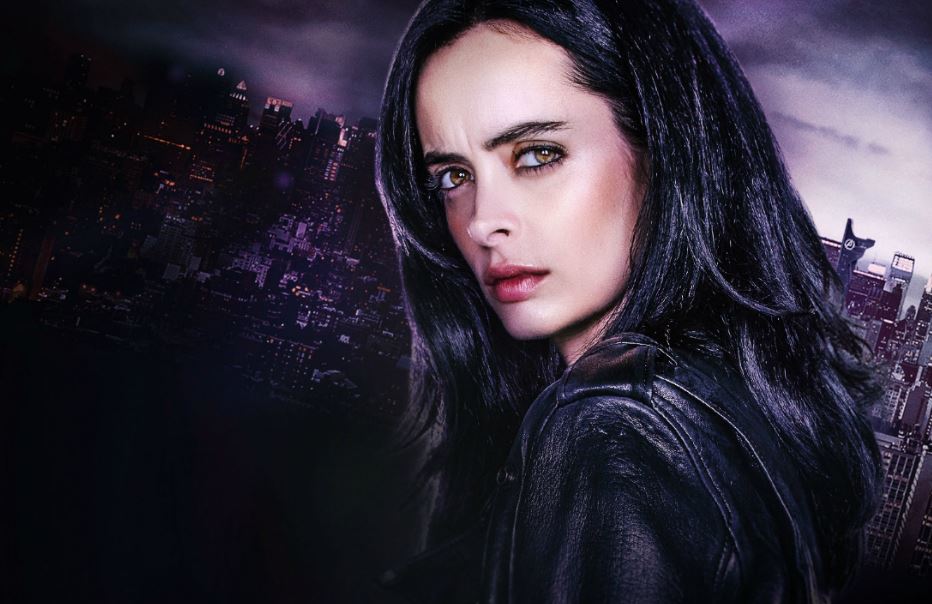Female directors are slowly coming to the fore. With the immense success of Wonder Woman, it seems that people are finally beginning to pay attention and dole out respect to female directors.
Patty Jenkins notably will become the highest paid female director in history for Wonder Woman 2, but even that came with a fight that a male director probably wouldn’t have had to endure. In a previous interview with Brenda Chapman (director of Brave), she told Cultured Vultures about the ‘double standards’ that women must face in the film industry. “We have to jump through all kinds of hoops to get done what a man is allowed to do in his own way,” said Chapman. And this is the exact double standard, and jumping through hoops, that Patty Jenkins seemed to have endured, despite the huge success of Wonder Woman.
Despite this, studies have found that female directors are actually on a decline in Hollywood, with only 14% of women working behind the scenes in the top 100 grossing films in 2016. The good news? There was a 2% increase of women behind the scenes in TV. In the golden age of TV, this is definitely a good thing. In 2016, 26% of women are accounted for working behind the scenes in TV. That means almost double the women are working behind the scenes in TV than they are in film. Despite this, women still have ways to go even when working in TV. At this year’s Emmys, Reed Morano won the award for her work in The Handmaid’s Tale. While it’s a great achievement to celebrate, it’s a little sad to realise that she is only the third female director to win at the Emmys.
But women are actively working to make more room for women both behind, and in front of, the screen. Studies already show that with only one female creator behind the scene, women’s speaking roles on screen go up significantly to 51% compared to 38% when a TV show has exclusively male creators. More recently, female directors are stepping aside and making room for other directors to make a breakthrough. I first heard of this through Ava Duvernay. When asked by a fan on Twitter about what episode of her show, Queen Sugar, she would directing next, Duvernay replied “when I direct, it takes an episode away from a woman who could use it as a stepping stone.” I learnt that Duvernay is dedicated to helping female directors through Queen Sugar, where each episode is directed by a female director. Most of these directors of Queen Sugar have never had the opportunity to direct episodic television before. But Duvernay is willing to step aside to give them the opportunity and help them break through into the industry.
When I direct, it takes an episode away from a woman who could use it as a stepping stone. So, not for a while. We want more in the tribe.✊🏾 https://t.co/iUTx7F34kz
— Ava DuVernay (@ava) July 20, 2017
More recently, the showrunner of Jessica Jones announced that the show’s second season will be directed by only female directors. Taking a page from Ava Duvernay, Melissa Rosenberg claims that it’s important for shows to have inclusive behind-the-scene personnel, and seems dedicated to this task in the second season of Jessica Jones.
As a female lover of TV and film, I’m more than delighted that women like Duvernay and Rosenberg are creating opportunities for other women to break into the industry. Of course, TV and film’s woman problem won’t be solved overnight. And they won’t be solved by women like Duvernay and Rosenberg extending a helping hand to allow more women into the fold. While it’s a step in the right direction, more needs to be done by everyone involved in the industry. Ultimately, film and TV will only become more inclusive when everyone is willing to give opportunities to white women, women of colour, and other marginalised people.
Some of the coverage you find on Cultured Vultures contains affiliate links, which provide us with small commissions based on purchases made from visiting our site.

